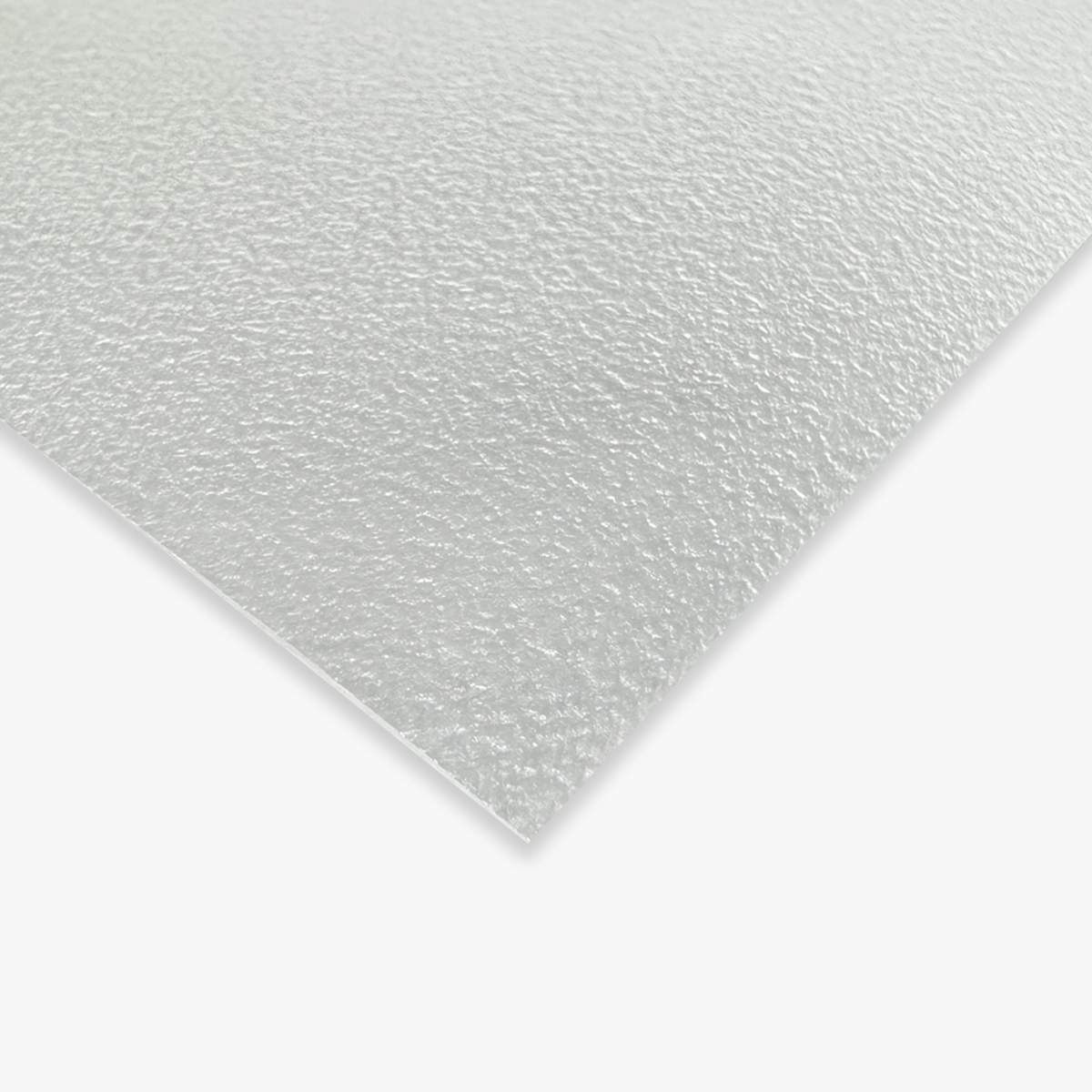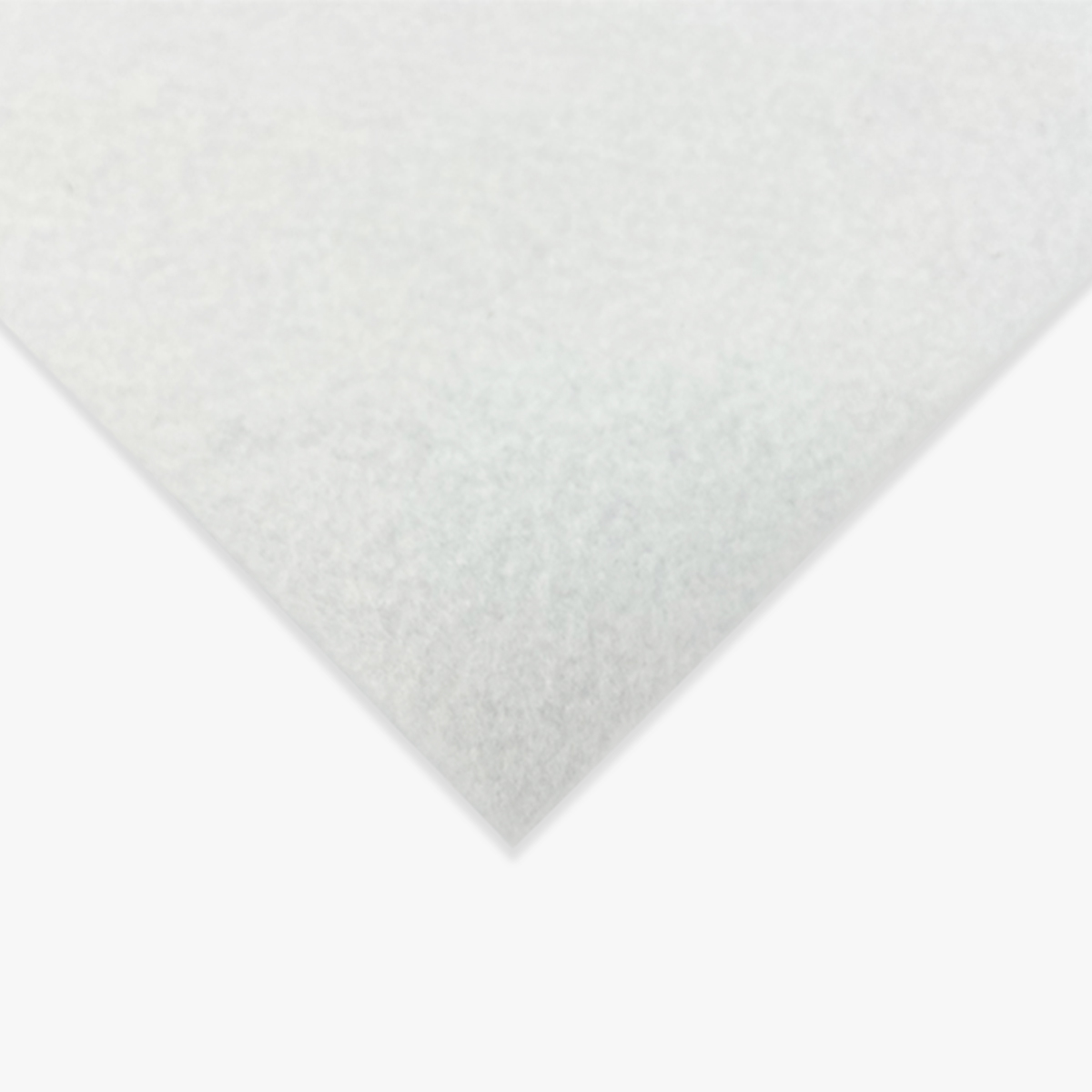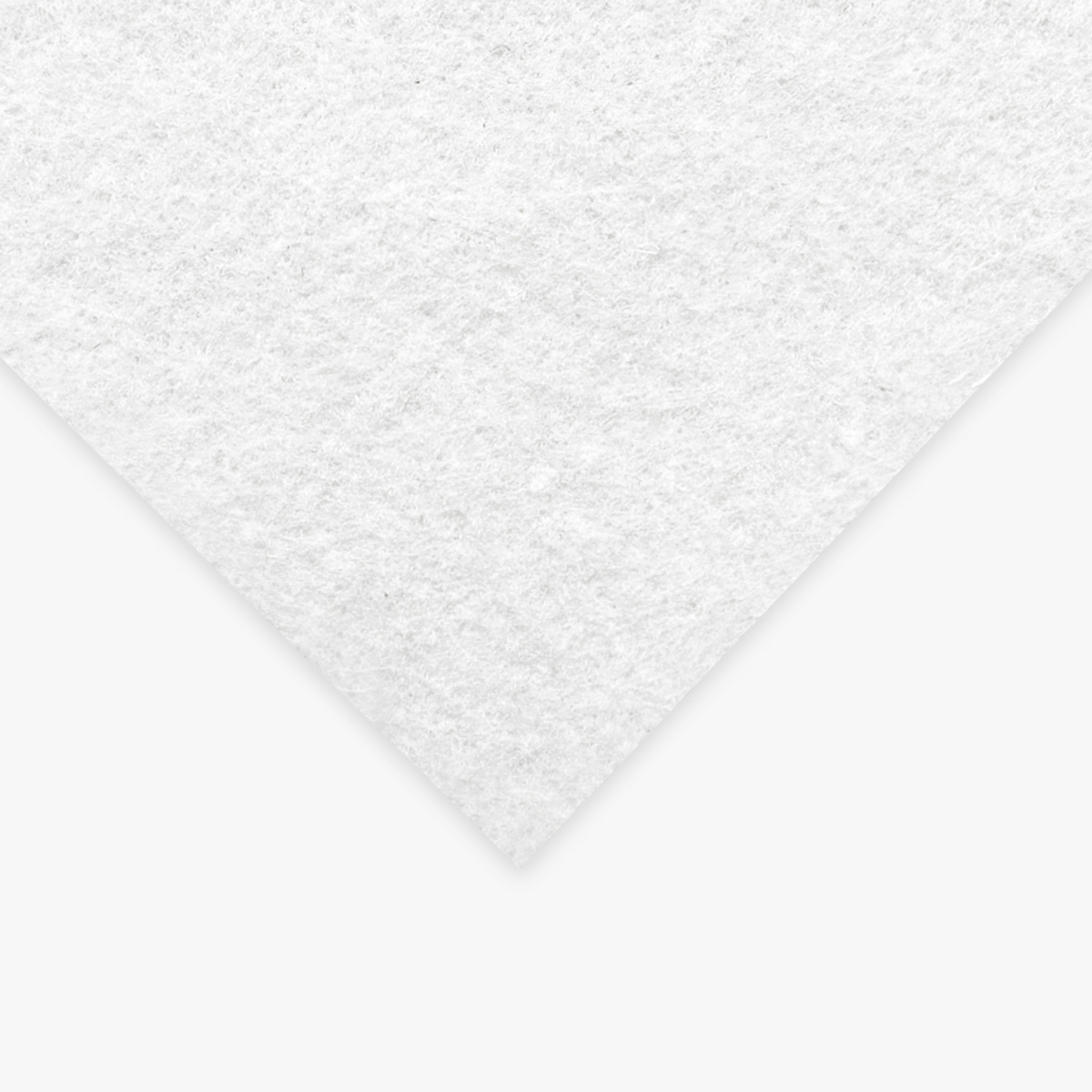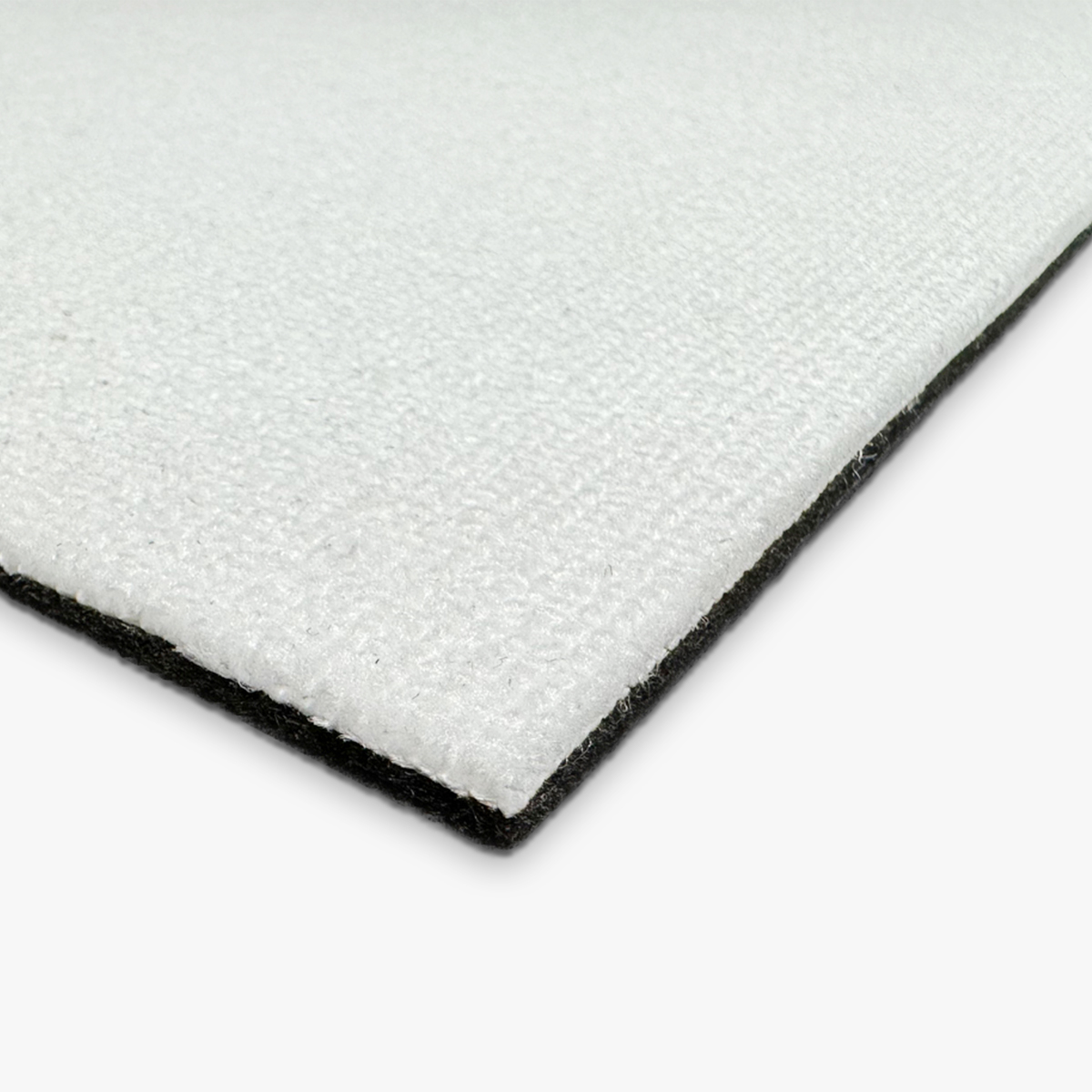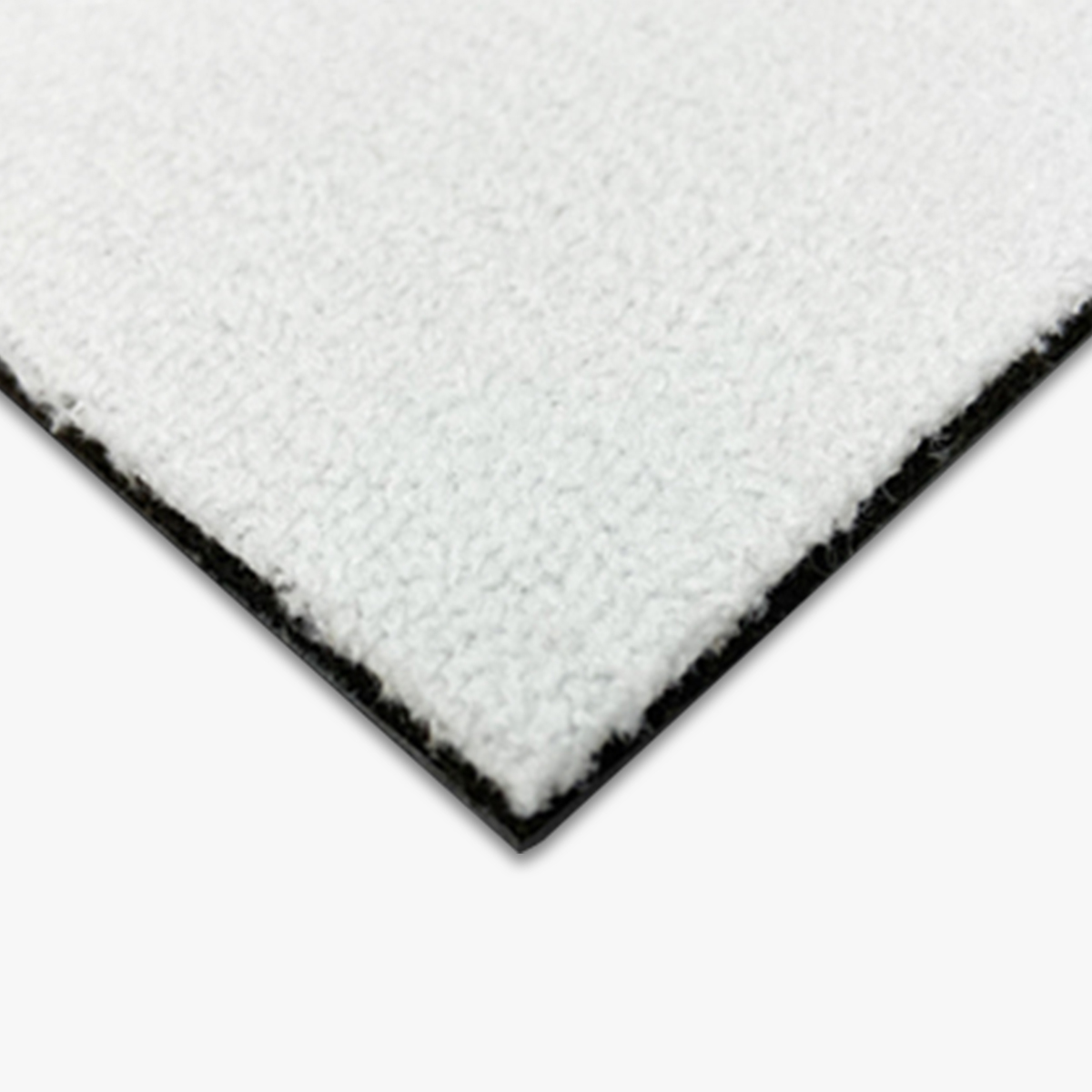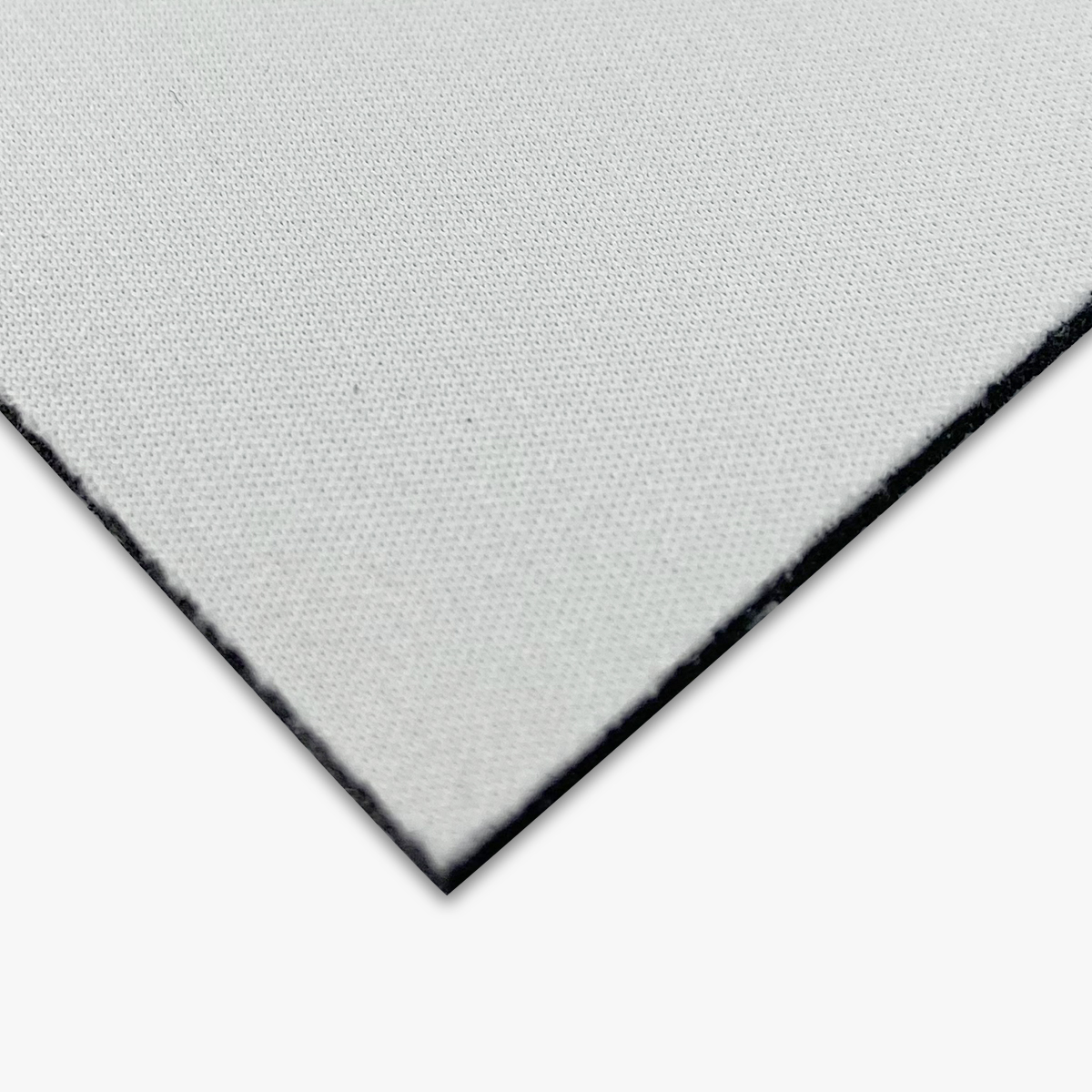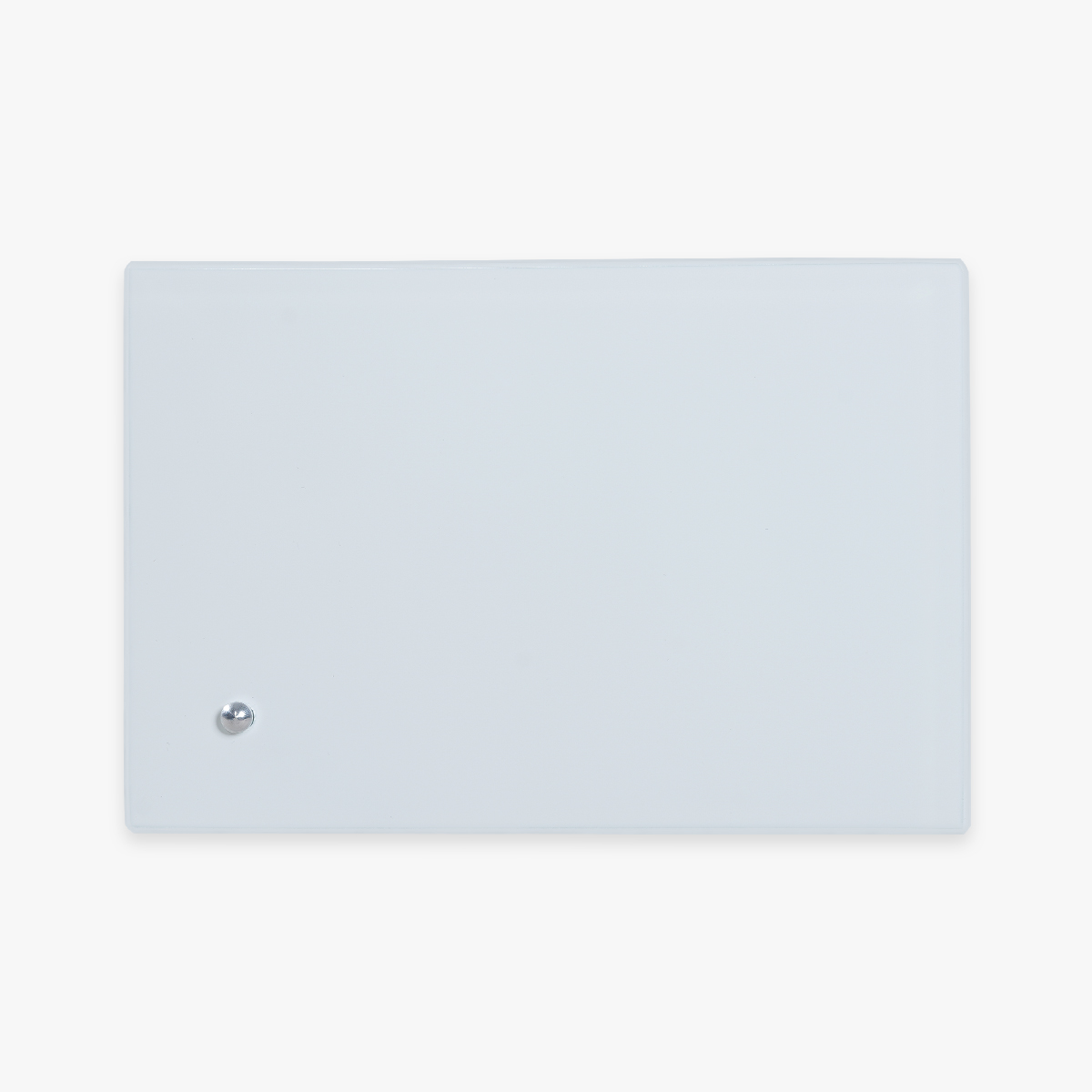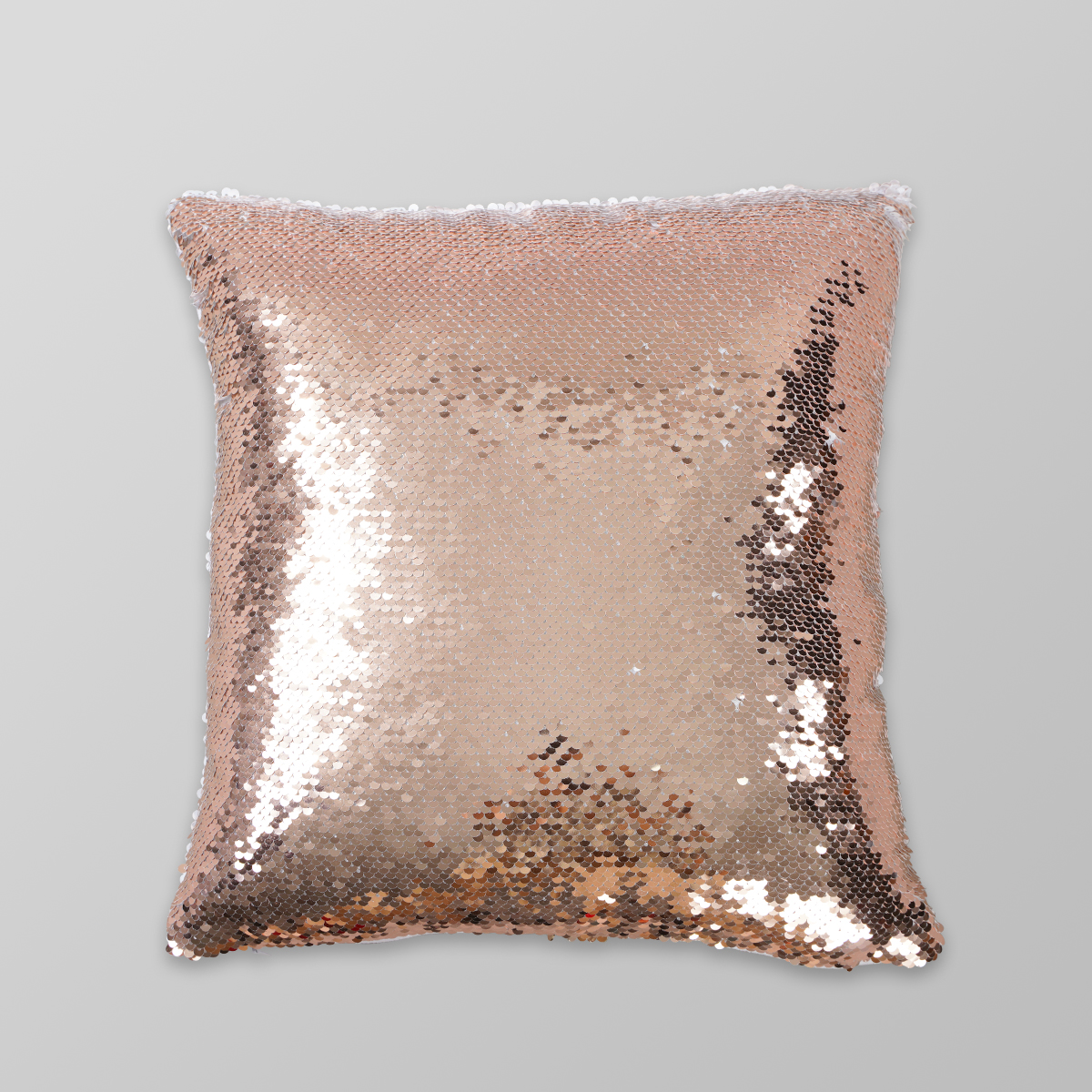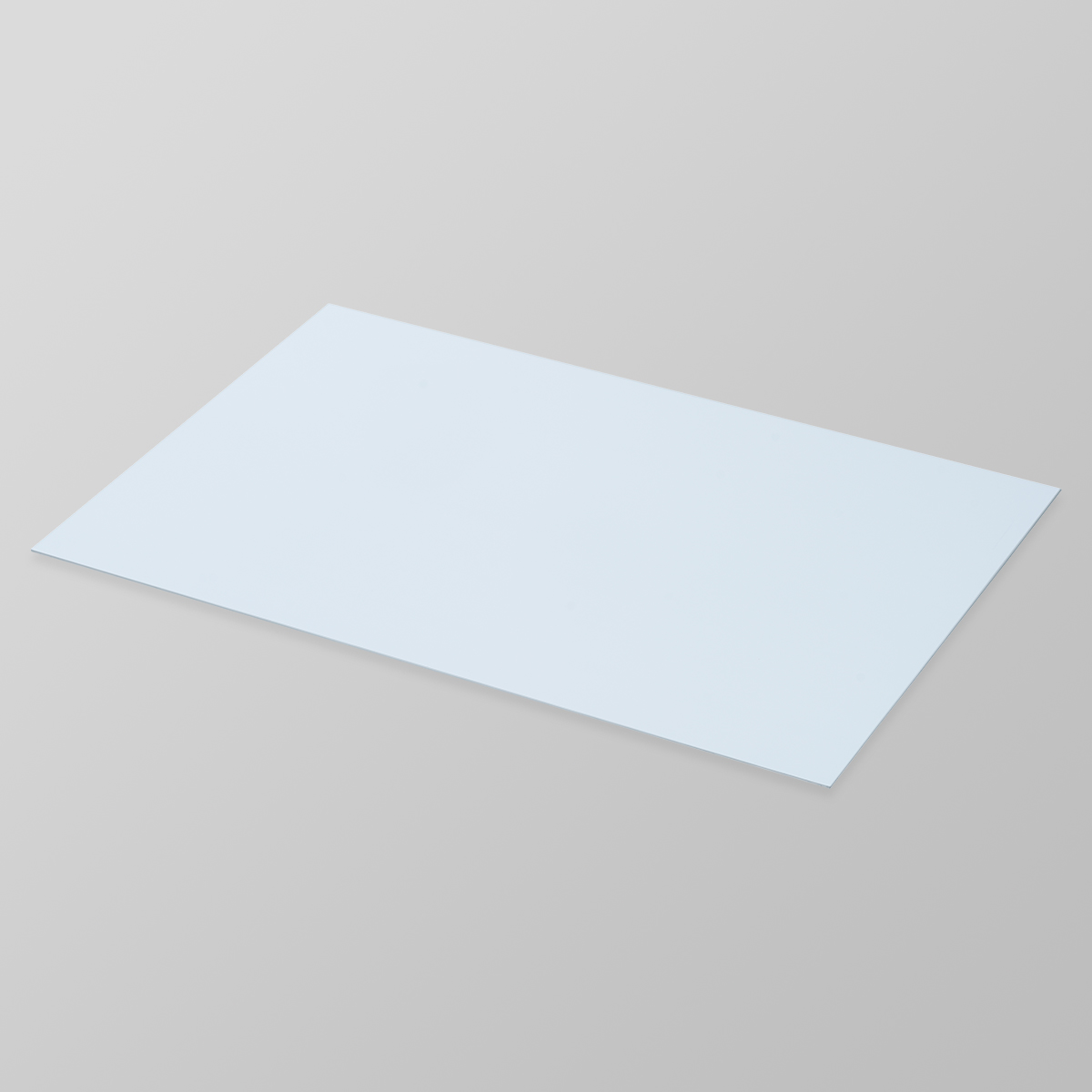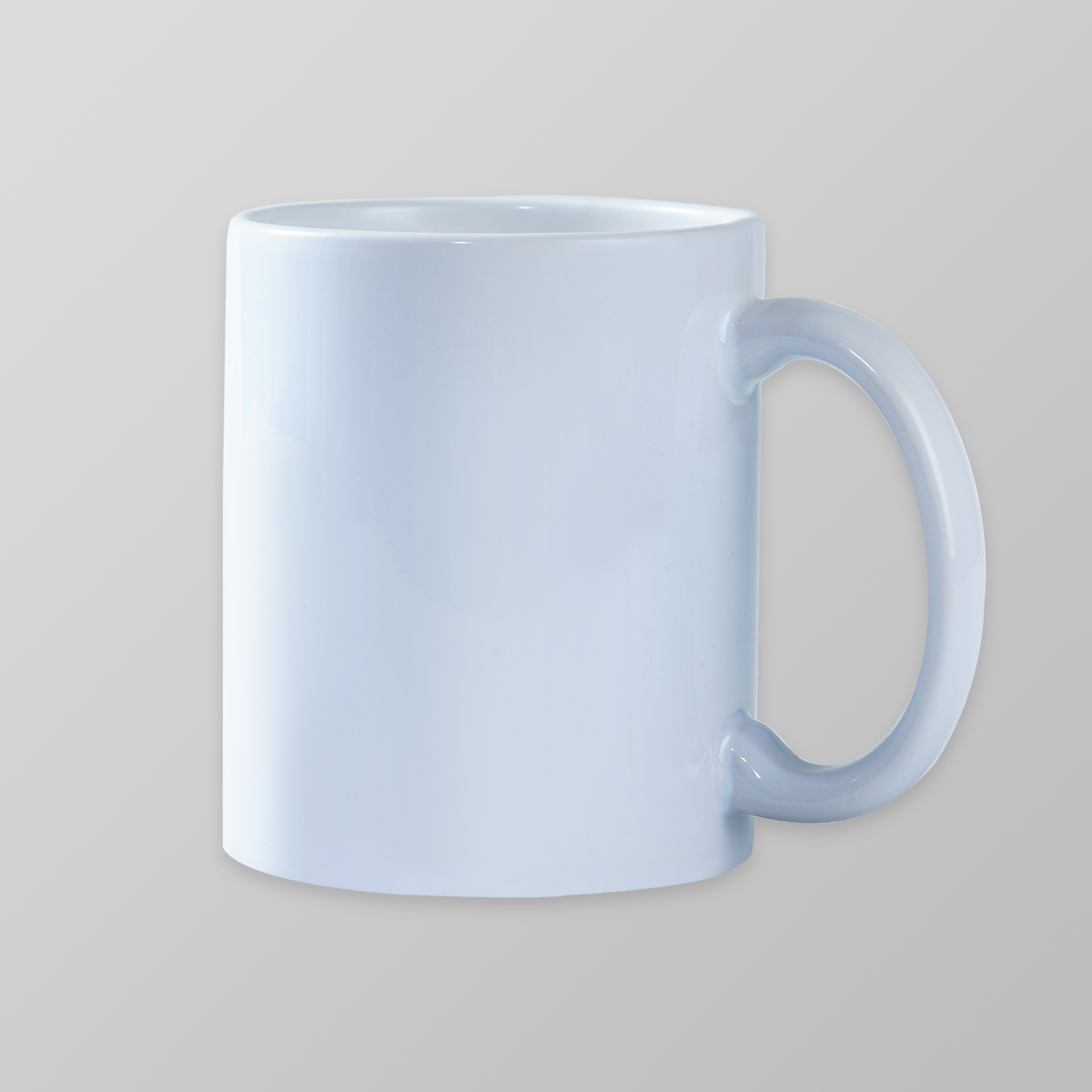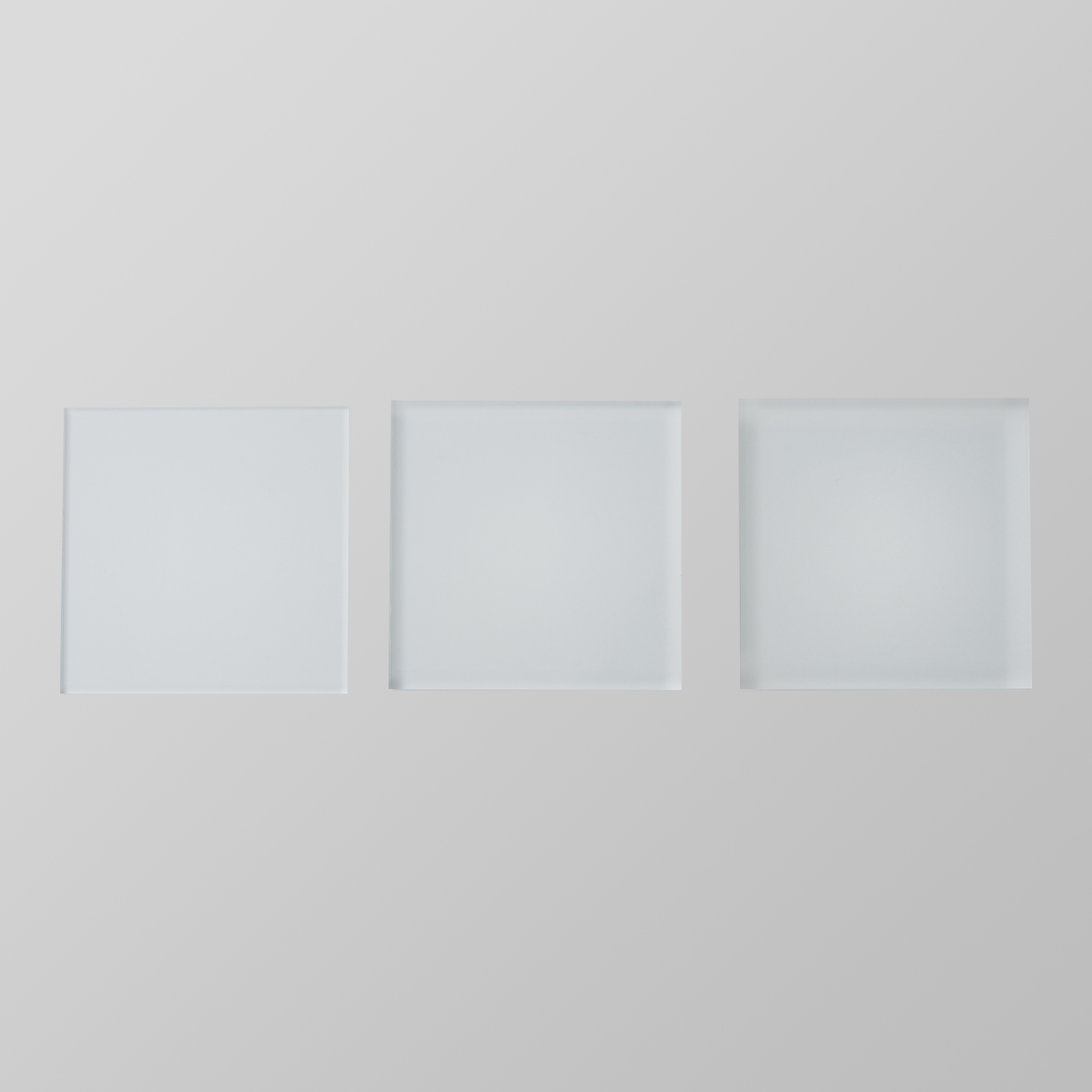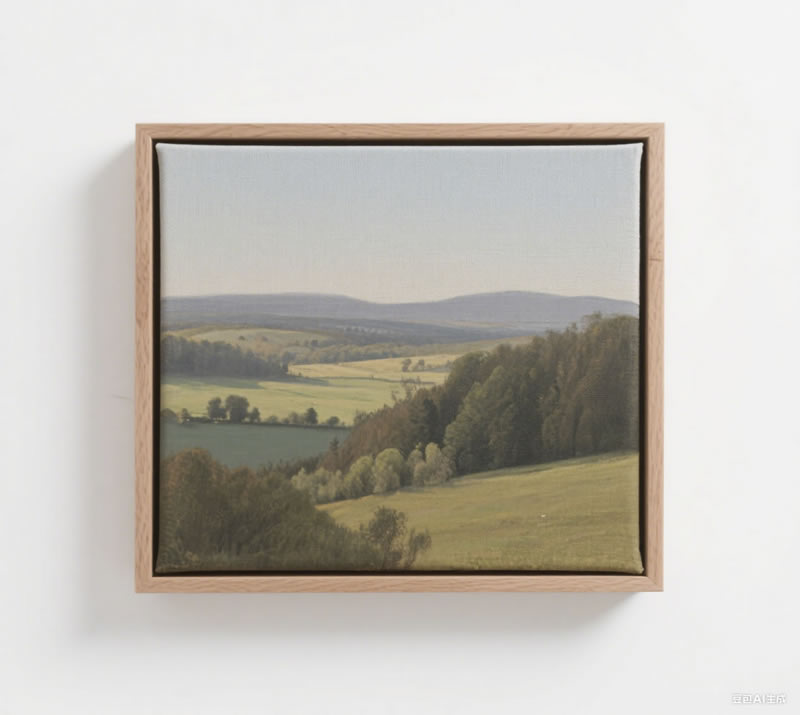Choosing the Right Canvas for Latex Printing: A Comprehensive Guide
Blogs 2025-08-05
Latex printing has gained significant popularity due to its ability to produce high-quality, durable, and environmentally friendly prints. Utilizing water-based latex inks, this method is less harmful than solvent-based inks and is compatible with various substrates, including canvas. For artists, photographers, and businesses aiming to create stunning canvas prints, selecting the appropriate canvas for latex printing is crucial for achieving vibrant colors, sharp details, and long-lasting results. This guide explores the key characteristics of canvases suitable for latex printing, recommends top canvas options, and provides practical tips to ensure success. Whether producing fine art, personalized gifts, or commercial displays, choosing the right inkjet canvas for latex printing can significantly enhance your work.
Understanding Latex PrintingLatex printing employs water-based inks to deliver vibrant, durable prints. Unlike traditional solvent-based inks, latex inks are eco-friendly, solvent-free, and safe for indoor applications such as home decor, office art, and retail displays. Typically performed using inkjet printers like the HP DesignJet Latex Printer series, this technology ensures high-quality results on various substrates, including canvas. The term “inkjet canvas for latex printing” refers to canvases engineered specifically for these printers, ensuring optimal ink adhesion, color accuracy, and durability.
Key Characteristics of Canvas for Latex PrintingTo achieve optimal results with latex printing, the canvas must meet specific criteria. Below are the primary characteristics to consider:
-
1.Compatibility with Latex Printers
The canvas must be designed or compatible with latex printers, such as the HP DesignJet Latex Printers. Many canvases are also compatible with solvent and UV printers, offering versatility for businesses with multiple printing technologies. Compatibility ensures proper ink adhesion, preventing issues like smudging or poor color reproduction -
2.Finish Options
Canvases come in various finishes, each offering a distinct aesthetic: - Satin: A popular choice for fine art and photography, satin finishes provide a balanced sheen that enhances color vibrancy without excessive reflection.
- Gloss: Glossy canvases create a vibrant, reflective surface, ideal for bold, eye-catching prints.
-
Matte: Matte finishes offer a non-reflective, subtle look, perfect for traditional art styles or prints where glare is a concern.
Choosing the right finish depends on the intended application and aesthetic preferences. -
3.Material Composition
High-quality canvases for latex printing are often made from polycotton, which offers a traditional art texture and excellent durability. Polycotton canvases are favored for their ability to absorb ink evenly, resulting in sharp, detailed prints. For Print on Demand (POD) businesses, polyester canvas is commonly used due to its durability, resistance to fading, and cost-effectiveness, making it ideal for producing high-quality prints that withstand shipping and handling Colour Graphics. -
4.Weight and Thickness
Canvas weight, measured in grams per square meter (gsm), affects its rigidity and durability. Common weights for latex printing canvases range from 220gsm to 320gsm, with heavier weights providing greater rigidity and longevity, suitable for larger prints or outdoor use. For example, our canvas products are available in 220gsm, 280gsm, and 320gsm to meet diverse customer needs. -
5.Environmental Considerations
Eco-conscious consumers may prefer canvases that are recycled or free of Optical Brightening Agents (OBA-Free). All polyester, polycotton and polylinen canvas are available for Recycled Yarn. This align with our core value of sustainability, helps reduce environmental impact. While OBA-Free options, helps avoid chemical additives that can affect long-term color stability.
Also, latex curing needs high temperature (110°C). Ink curing of Latex printing can lead to print shrinkage and deformation, affecting the canvas’s structure and the final print’s appearance. This is particularly noticeable in detailed or large-scale prints, where consistency is key. The canvas material must withstand heat without compromising ink adhesion or causing structural issues, making compatibility a critical factor for professional results. . Due to excellent heat resistance of canvas product and its coating, there will not be shrinkage and yellowing.
In addition, water-based coatings are recommended. They enhance ink absorption, leading to better color vibrancy, sharper details, and increased durability.

Given the eco-friendly nature of latex inks, pairing them with sustainable canvas materials is essential. Choosing canvases made from recycled materials reduces environmental impact and aligns with the sustainability goals of latex printing. For instance, using 100% recycled yarn canvas ensures that the entire printing process is environmentally responsible from start to finish. At GESO, our canvas products are 100% Recycled Yarn Canvas, contributing to a more sustainable future. Sustainability is our core value, and we keep this sustainability without sacrificing effects of our canvas products.
Practical Tips for Printing on Canvas with Latex PrintersTo achieve the best results when using an inkjet canvas for latex printing, consider the following tips:
- 1.Verify Printer Compatibility: Ensure the canvas is compatible with your specific latex printer model. For example, HP DesignJet Latex Printers are commonly used for canvas printing and work well with HP-branded canvases.
- 2.Optimize Your Design: Use high-resolution images (at least 300 DPI) to ensure sharp, detailed prints. Adjust your design to match the canvas size and resolution requirements.
- 3.Follow Manufacturer Guidelines: Each canvas may have specific preparation or printing instructions, such as tension settings for stretching or ink curing temperatures. Adhering to these guidelines ensures optimal ink adhesion and color accuracy.
- 4.Perform Test Prints: Before printing the full image, test a small sample of the canvas to check color accuracy, ink adhesion, and overall quality. This can save time and materials.
- 5.Handle with Care: Canvas prints are delicate, especially before stretching or framing. Handle them carefully to avoid creases or damage.
- 6.Consider Post-Processing: Some latex-printed canvases, like those from ArtisanHD, may not require additional varnish due to the durability of latex inks. However, check if your canvas or application requires protective coatings for added longevity.
Radar Diagram of Our Canvas Products

This is our canvas product radar diagram, we evaluate our products based on these 8 values:

-Resolution:about how detail you can see from canvas, it relates to printing resolution of machine we choose & how ink performs on the substrates
-Saturation:It refers to how vivid, rich, or intense a color is. High color fidelity, enabling the color vividness of pigments to reach 95% – 98% of the theoretical maximum.
-Tensile Strength: The maximum amount of pulling force (tension) canvas can withstand before it stretches excessively, deforms, or breaks.Tensile strength directly affects the material’s performance during production, printing, installation, and long-term use.
-Angle Cracking: “Angle cracking” refers to the phenomenon where the ink or coating on a printed canvas cracks or fails when subjected to bending or stretching at specific angles.It directly impacts the durability, aesthetic quality, and longevity of the printed product
-Dimensional Stability:About how well the substrate and ink layer resist shrinkage, warping, stretching, or distorting after printing and during application.Shrinkage can alter the size and shape of canvas products, leading to poor fit, distorted designs, or an unprofessional appearance.
-Anti Scratch: The ability of the substrates to resist scratches, scuffs, or abrasions.It is crucial for maintaining the physical integrity and visual appeal of the printed product, especially during handling, transportation, installation, or everyday use.
-Opacity:Degree to which the canvas prevents light from passing through it.High opacity ensures that the underlying surface does not show through the canvas
-Color Fastness: It refers to the ability of the substrate to resist fading, discoloration, or degradation when exposed to light, particularly ultraviolet (UV) rays, over an extended period.
-Sustainability: Whether the product adopts a waterless pre-treatment and 100% recycled yarn as base fabric, creating a much higher level of sustainable value for the product.
ConclusionSelecting the right canvas for latex printing is critical for producing high-quality, durable, and environmentally friendly prints. Key considerations include compatibility with latex printers, finish options, material composition, weight and thickness, resolution capability, and environmental impact. For POD businesses, polyester canvas is a preferred choice due to its durability and cost-effectiveness. Additionally, canvases with water-based coatings enhance ink absorption and print longevity, particularly under varying temperature conditions. Embracing sustainability by using recycled yarn canvases aligns with the eco-friendly ethos of latex printing. By carefully evaluating these factors and following best practices, you can create stunning prints that meet both artistic and environmental standards.













